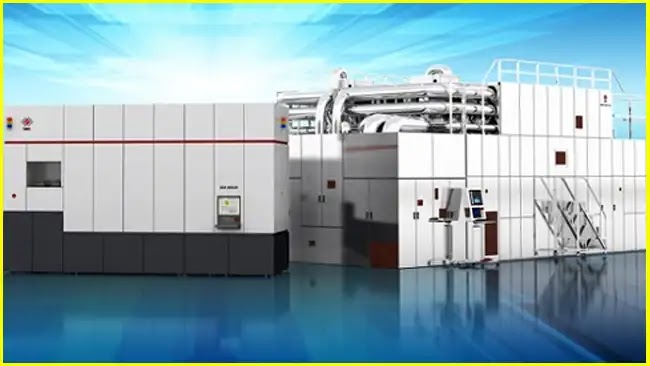The tension between China and the US in the past two years has made some third-party companies profitable, and some companies have indeed seized such opportunities. Due to increased demand from Chinese semiconductor manufacturers, the average price of second-hand chip manufacturing equipment has risen by 20% in 2020. The reason is also very simple because it can not be restricted by the United States.
The United States imposed new sanctions on China’s largest foundry SMIC in September 2020 to prevent it from purchasing new manufacturing equipment and slowing its advancement of advanced processes. Then in December 2020, SMIC was directly included in the "entity list", making it more difficult for other companies to provide related equipment and technology. However, Japan’s second-hand chip manufacturing equipment is not subject to such restrictions. According to Nikkei Asia’s report, due to the difficulty of maintaining inventories of related sellers, prices have risen sharply last year, and the prices of key equipment such as lithography systems have increased in a short time double.
According to sources at Mitsubishi UFJ Lease & Finance, nearly 90% of used machines go to China. There are also second-hand equipment dealers who said that machines that were basically worthless a few years ago can now be sold for 100 million yen (about 940,000 US dollars). In addition to the equipment normally used on the production line, some equipment is hoarded because it may be useful in the future.
This situation is not just the real situation of Japanese companies. According to a report by Bloomberg at the beginning of the month, companies in mainland China purchased nearly US$32 billion in chip production equipment from Japan, South Korea, Taiwan and other places in 2020, an increase of 20% over 2019, and this growth is likely to be continued.
China's ultimate goal is to be self-sufficient and ultimately does not have to rely on American technology. At this stage, progress has been made in chip manufacturing equipment. SMIC is also constantly seeking other ways to reduce the impact of the US "Entity List". This effort is a top-down effort for the entire Chinese semiconductor industry. At present, domestic research and development in various fields such as CPU, GPU and flash memory are also being promoted in order to reduce dependence on foreign products. If the United States does not compromise on restrictions, the country will continue to stock up on this second-hand equipment before it completely replaces manufacturing equipment containing American technology.



![[Video] The Suicide Clip That Went Viral On TikTok & Facebook Where Ronnie McNutt Killing Himself With A Gun](https://blogger.googleusercontent.com/img/b/R29vZ2xl/AVvXsEh0WSUxZwxucDgaEEhxo_Qkofv2OJaWZtDNzfRgJKVeoTEGriRYjJOYKcReOLmllP7SHkizDhBT0_i3nwNy2MYth1kj0pOnn73FcRqhDCvp5HW7TApYqsFQiF7UItuIFKKylALXYU1M7Ls/w100/Ronnie-McNutt-Warning-.png)


0 Comments